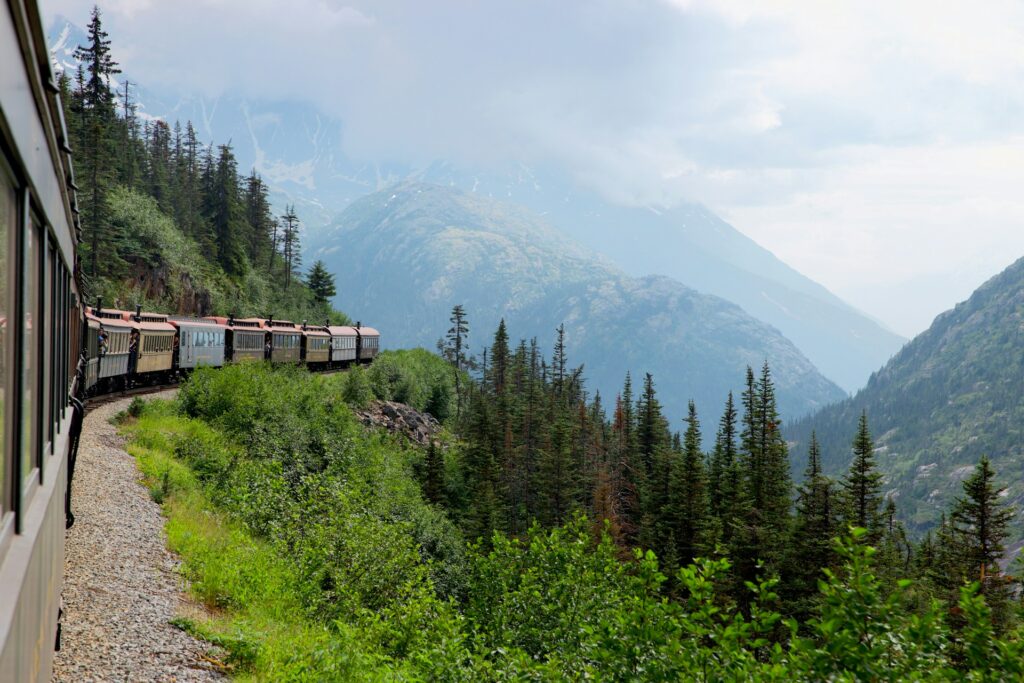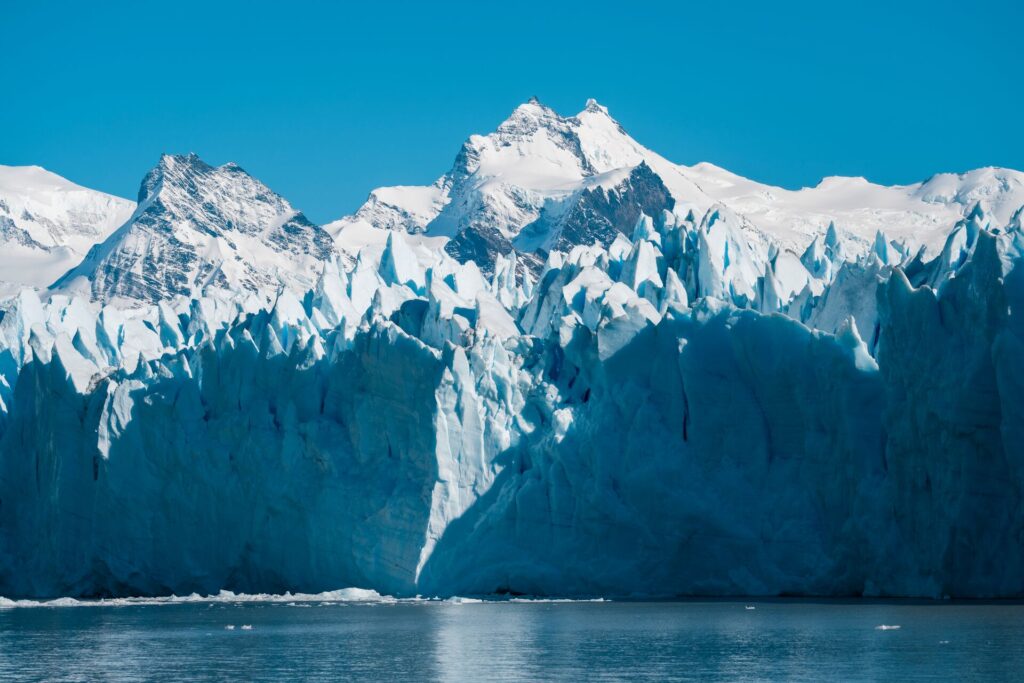We spoke with Travel Director Randy, and expert in the Dakota region of the USA and this week’s Insightful destination expert, to learn more.
You can test your travel knowledge against Randy in our Insightful trivia game.
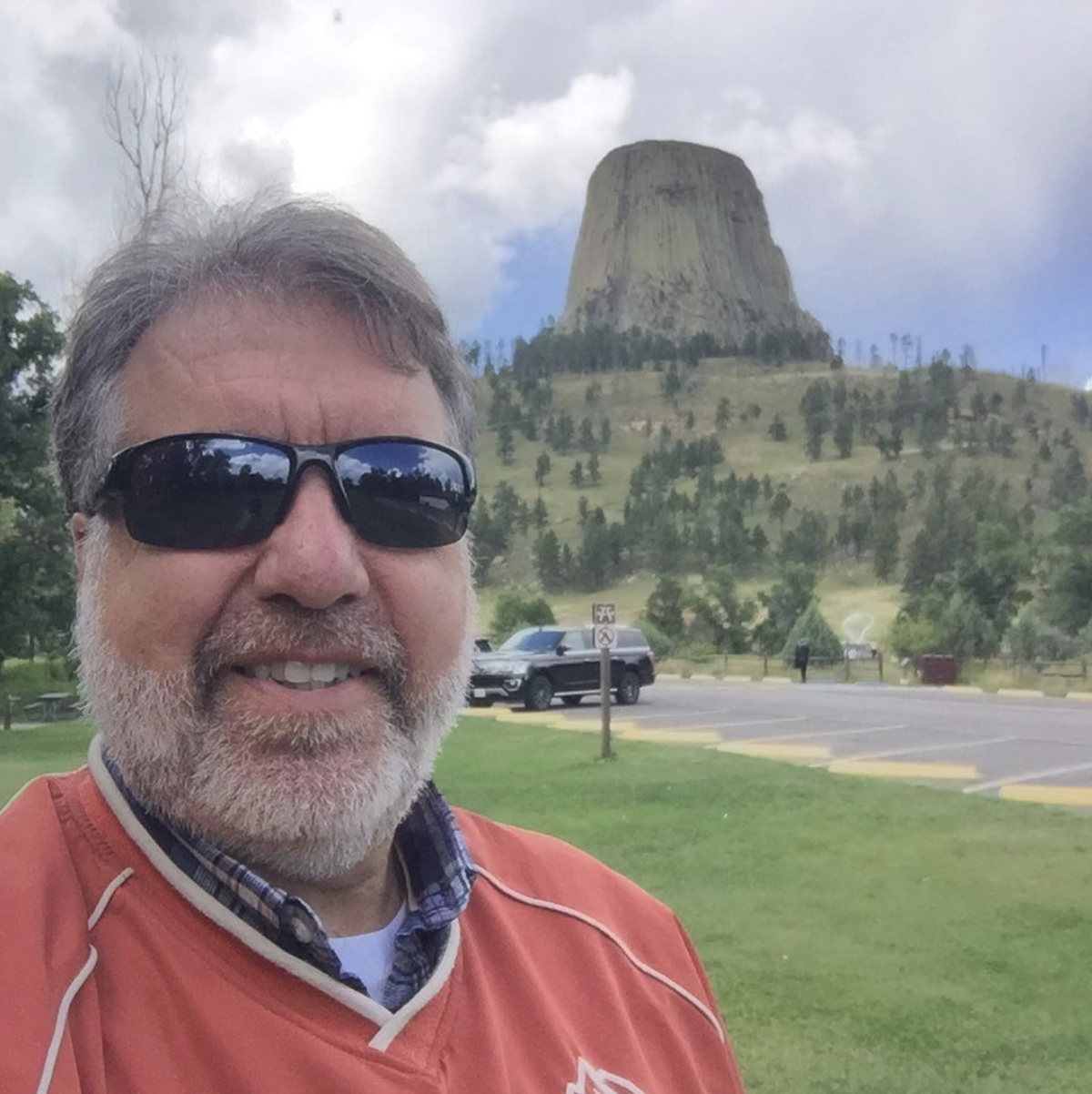
The Black Hills of South Dakota
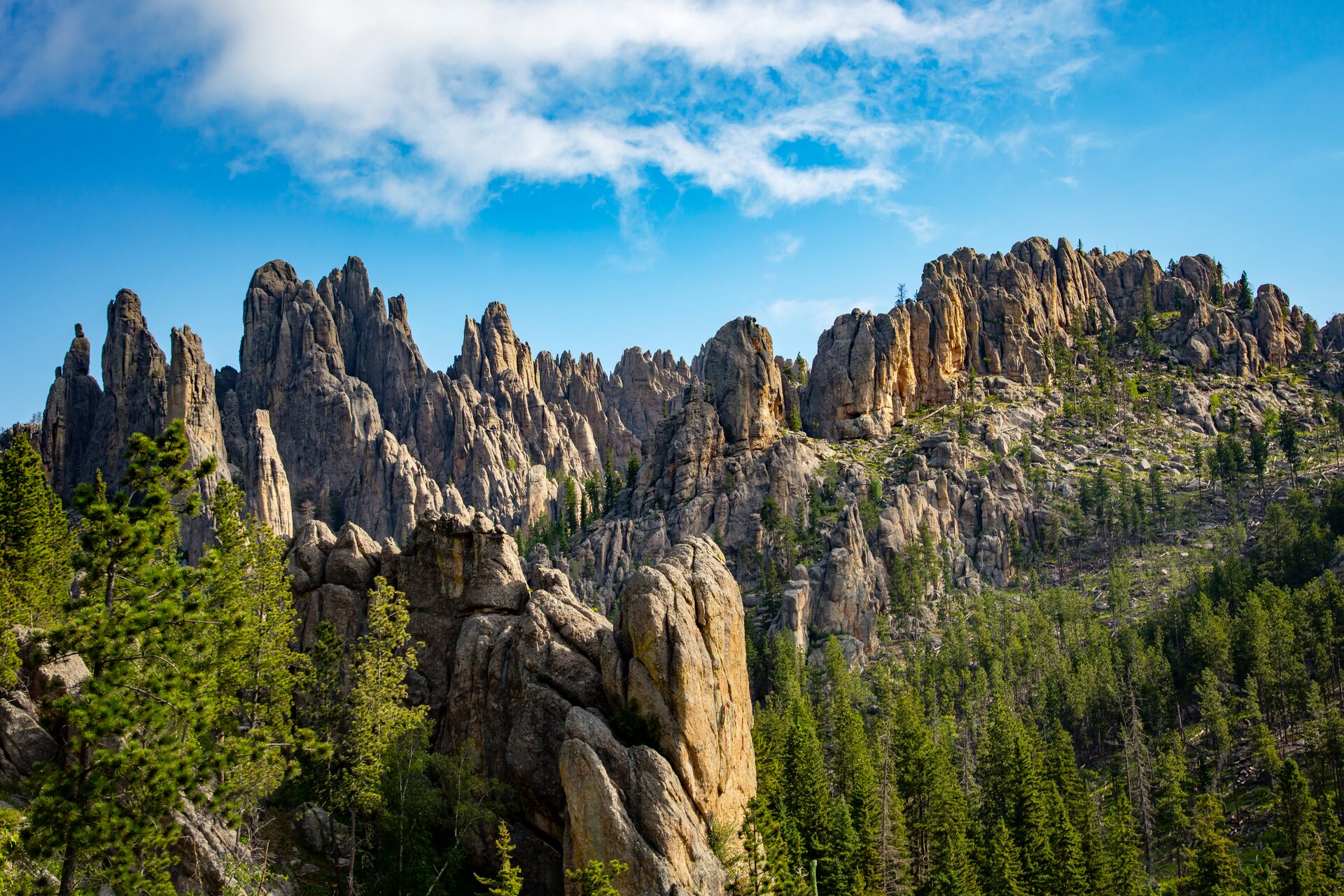
Mount Rushmore lies within the Black Hills National Forest in South Dakota, and its location alone is a captivating reason to visit. Towering granite peaks, lush forests and meandering streams create a tapestry of natural beauty.
However, the Black Hills are considered sacred by Native American tribes, particularly the Lakota Sioux. A place of prayer and devotion, they called the mountain ‘Six Grandfathers’ or Tȟuŋkášila Šákpe) and the region was where the Sioux and other tribes gathered food, plants for medicine and building materials.
The area was granted to the tribes in perpetuity through the Fort Laramie Treaty of 1868. But, ‘perpetuity’ lasted only until gold was found in the mountains. The federal government then forced the Sioux to relinquish the Black Hills portion of their reservation in 1877, a key moment in Native American history.
For travel inspiration: USA destination guide

The conception of Mount Rushmore
“He got in touch with Gutzon Borglum, a sculptor famous for his numerous statues of Abraham Lincoln, to bring him up to the Black Hills. They were originally going to sculpt into the stone pinnacles known as needles. But when Borglum realized that wasn’t going to work, he looked at the Mount Rushmore and said, ‘we can carve that’, and he started work.
“Originally, Robinson wanted to have special heroes from our past in America,” says Randy, referring to American West heroes and greats from American Native history, such as Lewis and Clark, their expedition guide Sacagawea, Oglala Lakota chief Red Cloud, Buffalo Bill Cody and Oglala Lakota chief Crazy Horse. “But then Borglum changed it. He said let’s have presidents, those who really helped form the USA. So that’s how it began.”
Discover this on: American Parks Trail and America’s Magnificent National Parks.
The four presidents
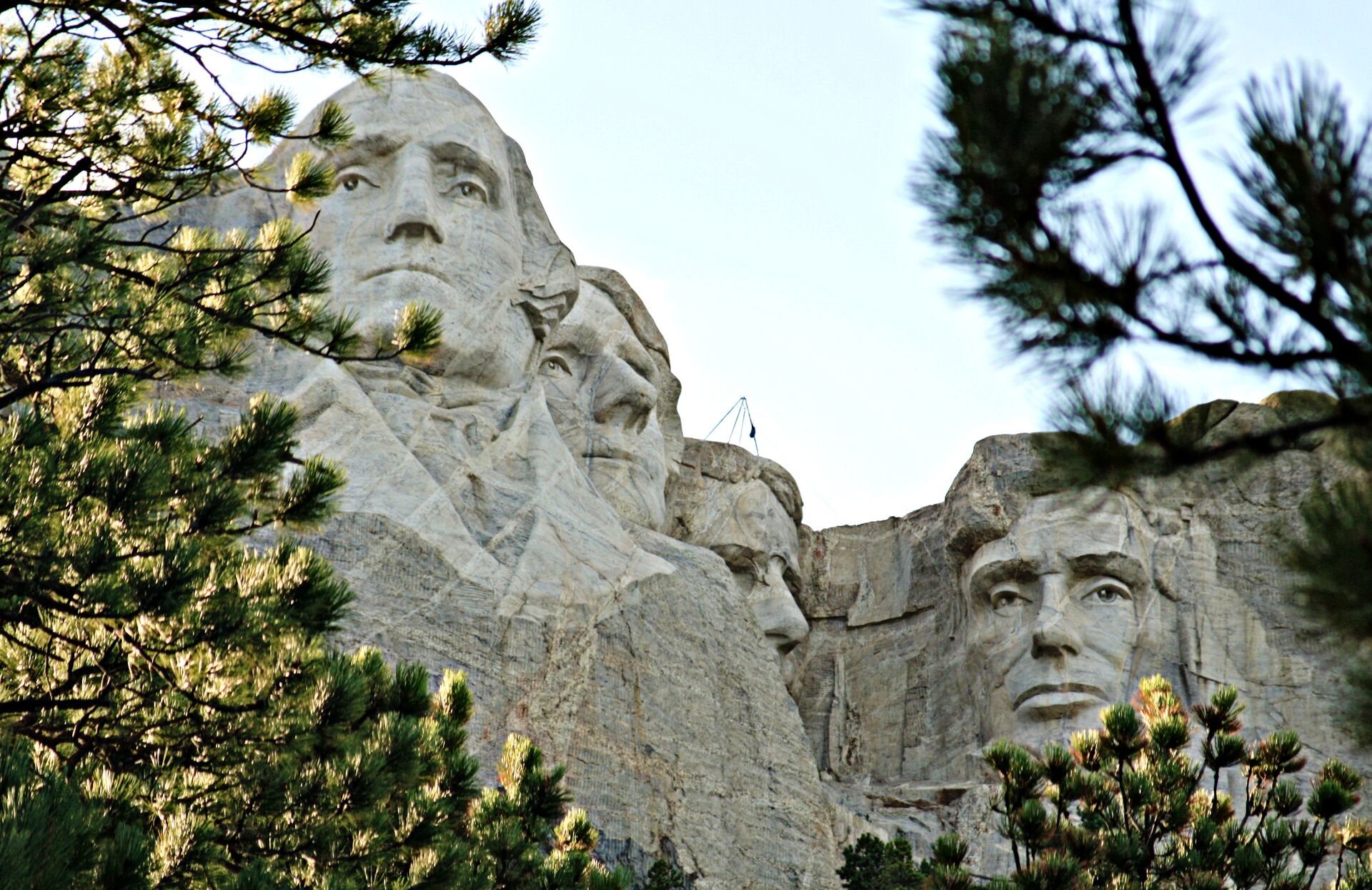
“The four presidents of course started with George Washington,” says Randy. “He’s the father of the United States, and that’s how he has always been viewed. The next was Thomas Jefferson. Many people believe he’s up there, rightfully so because he wrote the Declaration of Independence.
“Then you have Abraham Lincoln, who kept the USA together during its most decisive time during the Civil War. And Theodore Roosevelt who was very into nature and preservation of the land. He started our National Park Service among other things and he loved it out here in the Dakotas. So that’s why those four were selected.”
The choice however to feature the four presidents has been the subject of debate, mainly focused on its lack of diversity. Critics argue that the selection focuses primarily on white male leaders and neglects the contributions and achievements of Native Americans and other minority groups throughout U.S. history.
You might also enjoy reading: 9 dining experiences that will have you tasting the best of the USA
A massive undertaking
“The opening ceremony was held by President Calvin Coolidge with Borglum in 1937,” Randy explains. “Work then continued a further five years up until WWII broke out. Overall, the project cost just under $1 million US dollars.”
Borglum died on March 6, 1941, following complications after surgery and left his so Lincoln, to continue the project. However, funding had run out and the mountain had a limited amount of surface that could be carved – for example Jefferson’s hand was never completed due to the quality of the stone, and the project was declared finished on October 31.
You might also enjoy reading: A state for every palate, passion or purpose: Why the USA delivers it all

Built on Native American lands
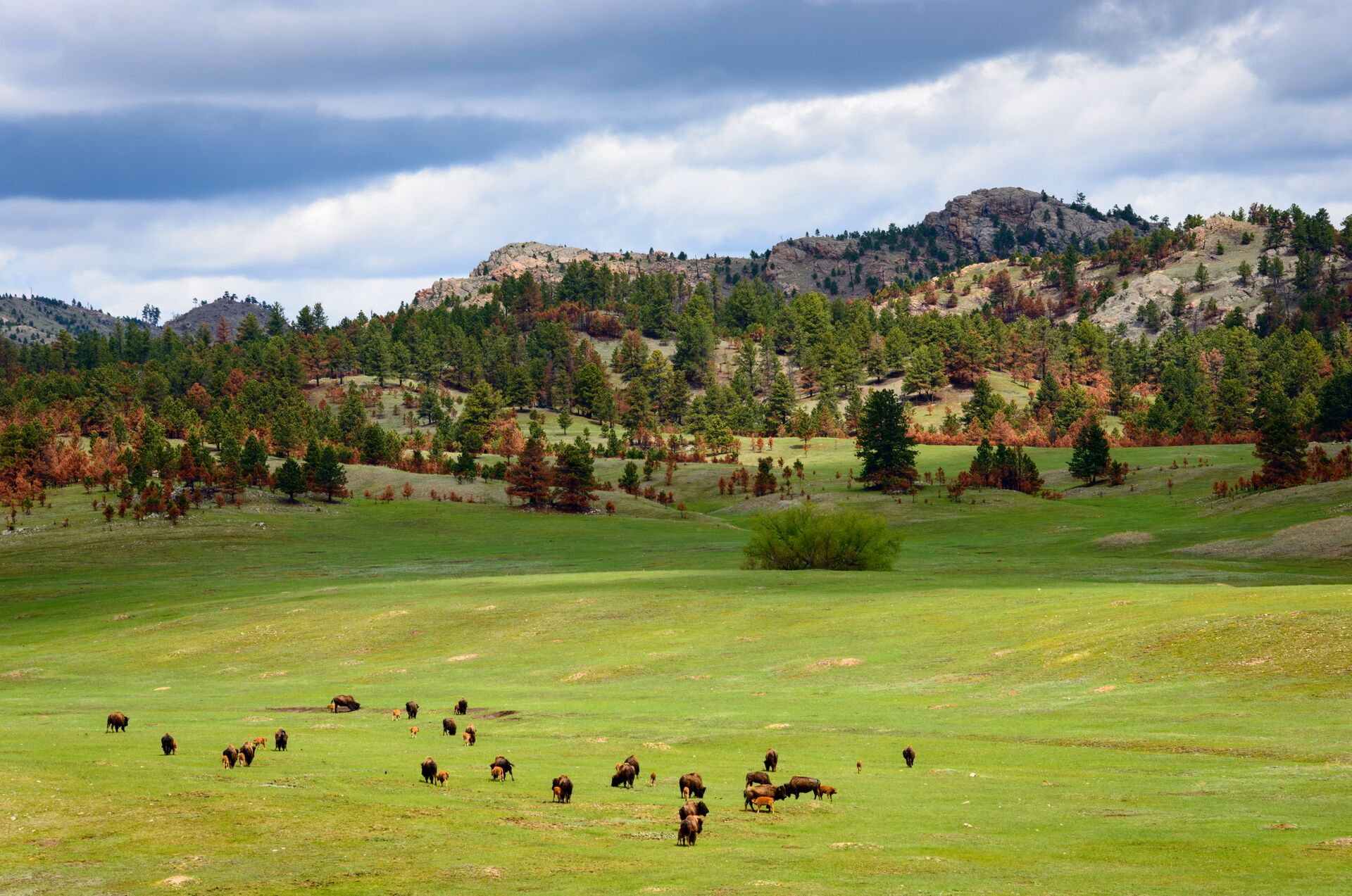
In the decades since opening, the memorial and its surroundings have served as a flash point. For many, the creation of Mount Rushmore on this land is a painful reminder of the historical mistreatment of Native Americans. The site is said to serve as a symbolic assertion of American dominance over the land and its history. And to celebrate the European settlers who killed so many Native Americans and appropriated their land.
In 1980, a supreme court case ruled in favor of the Sioux, awarding damages worth over $1 billion. The Supreme Court ruled that the U.S. government had improperly taken the Black Hills territory from them. But the Lakota have outstanding issues with the ruling. They declined compensation and have since advocated for the return of the Black Hills instead.
You might also be interested to read: Mixing business and pleasure: meet 3 couples proving it can work
The Crazy Horse Memorial
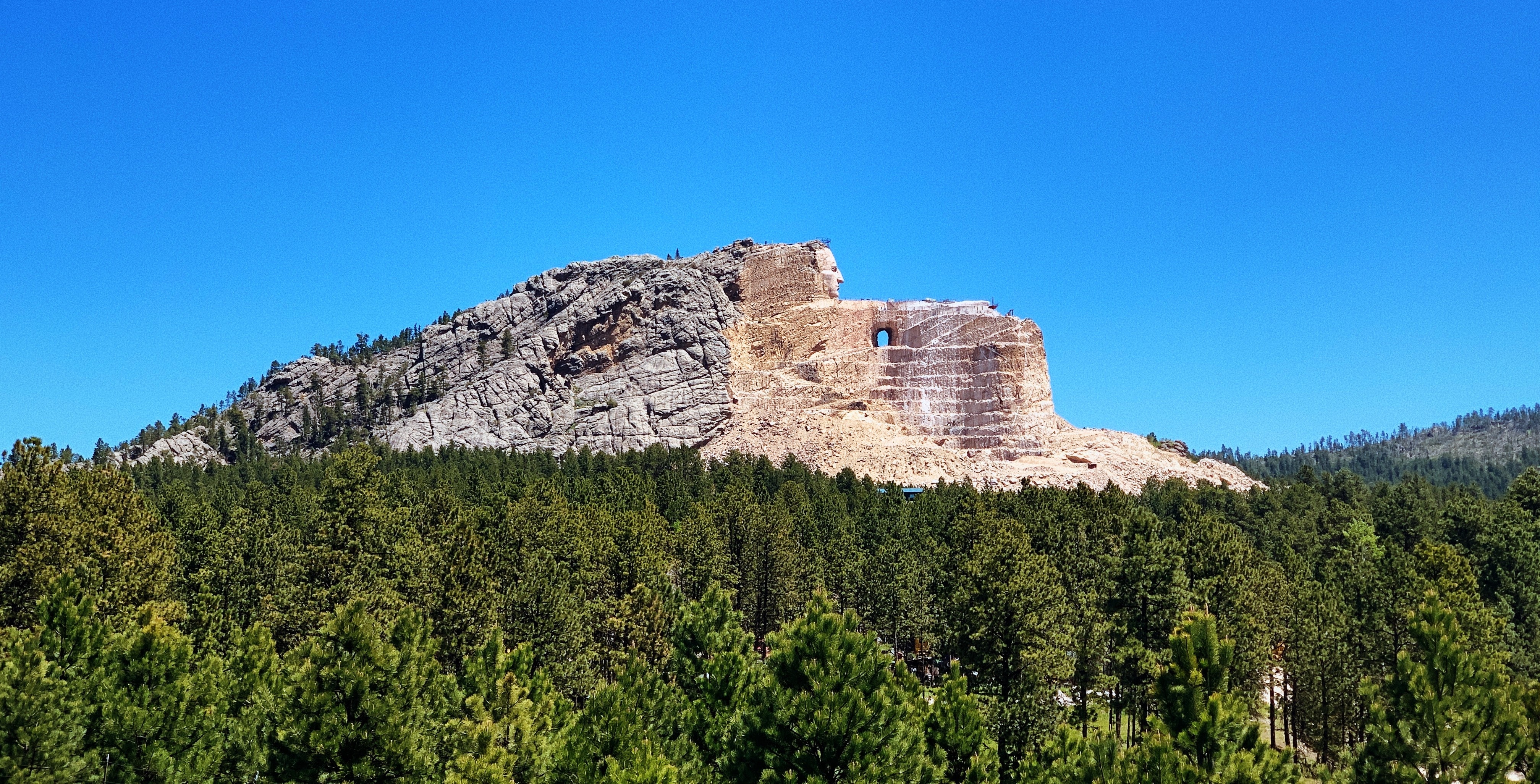
The statue, envisioned as a freestanding sculpture of the great Sioux chief Crazy Horse, will be much larger than any of the Rushmore figures. Crazy Horse is one of the most famous figures in Native American history. He helped lead the assault against General Custer, leading to Custer’s death in 1876.
Ziolkowski died in 1982, but his family continues to work on this gargantuan undertaking. Crazy Horse’s face was finished in 1998, but the final completion date for the project remains unknown.
You may enjoy reading: Meet Linda, our Insightful Quiz champion of the month
